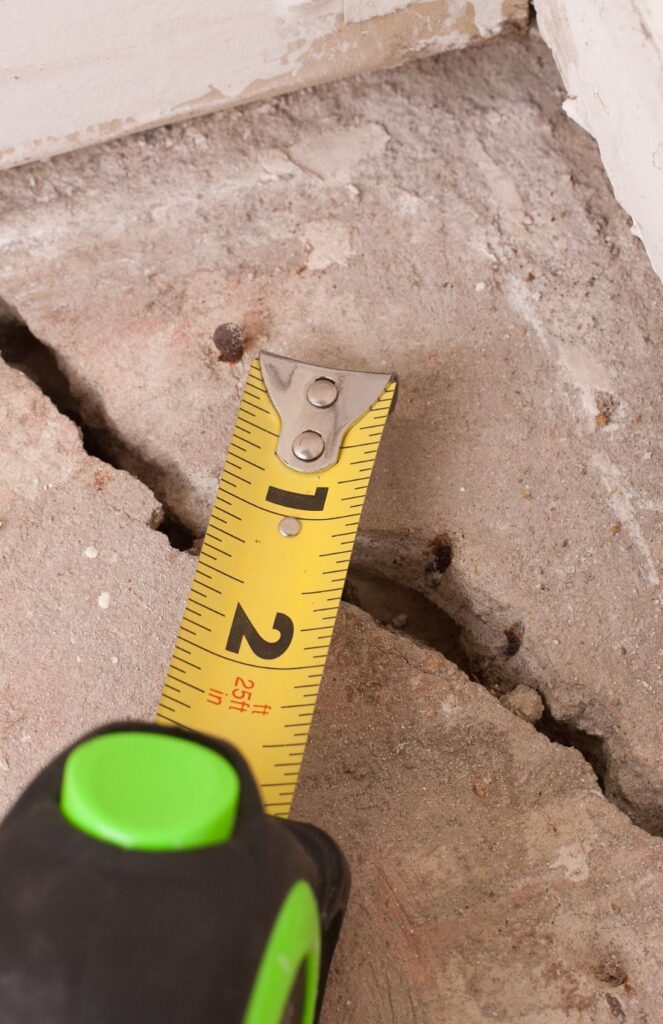When you own a commercial building one of the top priorities is safety. The second top priority is protecting your investment. Structural issues in commercial buildings can quickly lead to costly repairs that can be a financial strain on the business or complete building failures in extreme cases.
What can cause Structural Issues in Commercial Buildings?
Structural Issues can be caused by a number of factors and often have multiple contributing factors to the issue. When planning and constructing your building, you want to make sure you’re working with reputable contractors that are using high-quality materials. Inadequate building practices and subpar materials can compromise your building’s structural integrity. Wear and tear without the proper maintenance can also have a negative impact on your property. Materials and waterproofing systems need to be updated as your building ages or it could cause degradation of the material and water infiltration. Outside forces such as hurricanes and temperature fluctuations can also cause structural damage.

Top Structural Issues in Commercial Buildings
Corrosion: If your building has leaks or is not properly waterproofed, the metal components such as structural steel and beams, can rust and corrode. If concrete is not properly sealed, the rebar can corrode causing the concrete slab to crack and chip.
Foundation Issues: Soil expansion and uneven settling can cause your foundation to be misaligned. This causes cracks in the foundation, walls, or ceilings.
Uneven Floors: Uneven or sagging floors can be a result of foundation issues, overload, or deterioration of support elements.
Water Damage: Water infiltration can be caused by structural issues and only exacerbates the problems. If you see stains on walls or ceilings or white, powdery residue on brick or concrete, these could be signs of water damage.
Tips for Prevention
When it comes to structural issues in commercial buildings, it’s best to take a proactive approach. This will prevent small issues from turning into large, costly repairs.
Training: If you have maintenance or management staff, make sure they know the signs of structural damage and create an easy way for them to report it to you. If the building has tenants or other businesses that rent spaces from you, ensure that they know to report any leaks or cracks that may occur.
Waterproofing: Keeping your waterproofing systems up-to-date will prevent water infiltration and slow down wear and tear on your building. Below-grade and negative-side waterproofing will prevent water infiltration around your foundation. Sealants and coatings used on walls, window frames, expansion joints, and concrete slabs will prevent water from breaking down your building’s materials.
Structural Inspections and Regular Maintenance: Regular inspections will ensure that your building is up-to-code and you can address any issues that may arise. Any leaks or cracks should be addressed immediately to prevent further damage.
Our team is here to help with your structural inspections and waterproofing needs. Learn more about our structural inspection process here or contact us through our website to talk to one of our trained professionals about your building’s needs.


